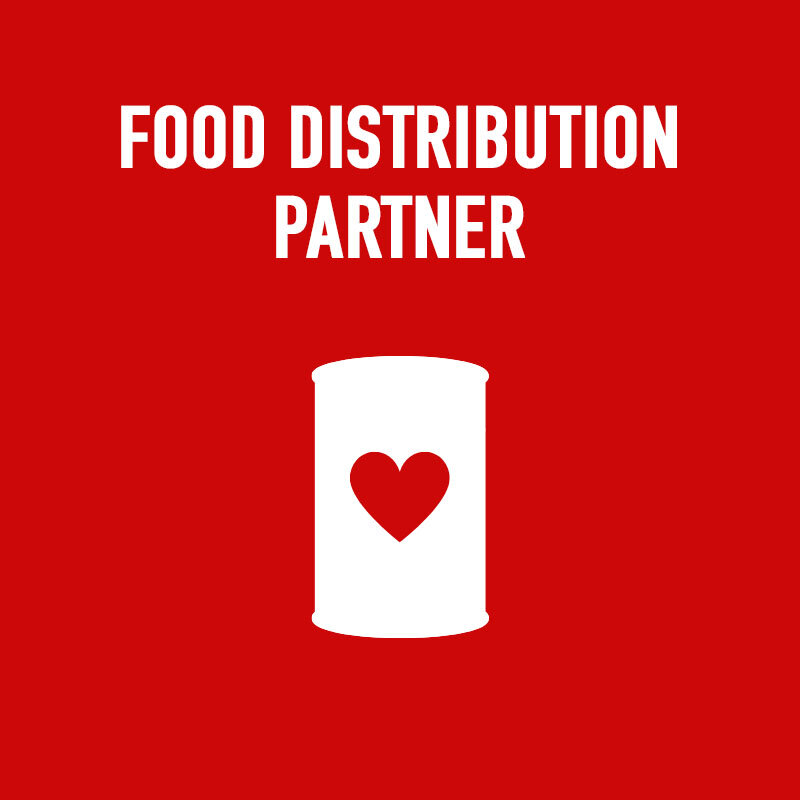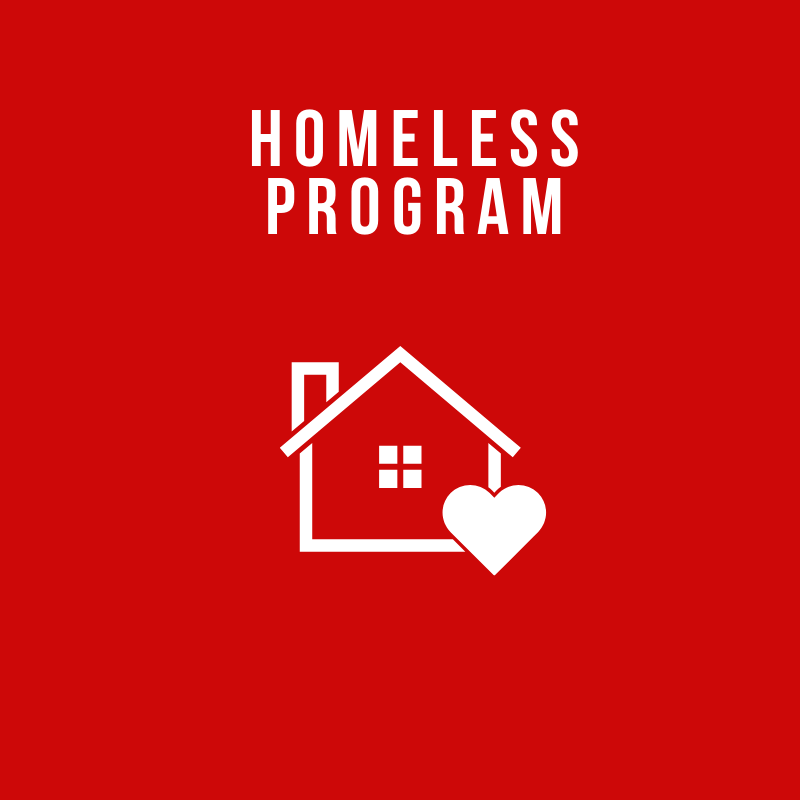“There are people in the world so hungry, that God cannot appear to them except in the form of bread.”

Since 1977
The Emergency Feeding Program has existed to serve a basic human need--Hunger.
Our job is to make sure that no one in King County has to go hungry tonight.
OUR IMPACT
120
social service partners
We partner with over 120 social service partners to help distribute food to people in need.
44
Years Serving communities
Established in 1977, our main goal continues to be creating a food assistance network that provides high quality food to all parts of King County.
42k
weekly meals distributed
With our shop-the-dock, drive-thru box program and partnering with community organizations, we are able to get the food to the people.
In This Together
Although we live in one of the richest regions in the country, hunger is still ever-present in our communities. It affects all walks of life and does not care about a person’s age, race, or gender. Join us in this fight against hunger. If we all do our part we can make a difference in the lives of many.





